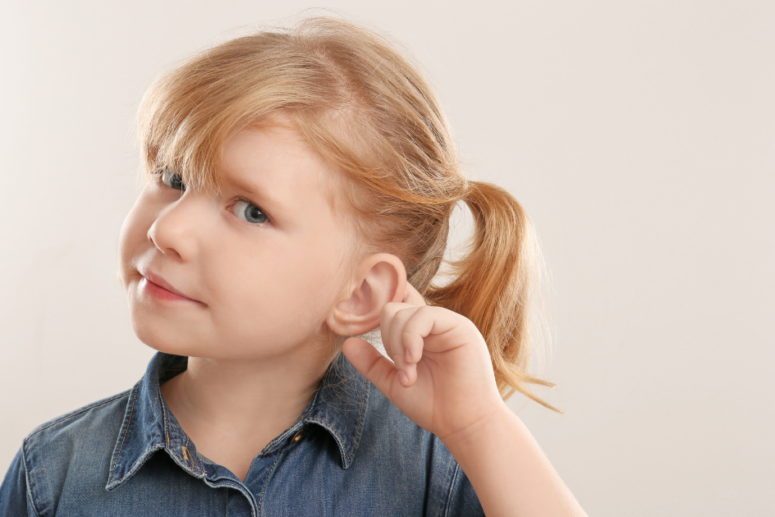
Table of Contents
Latest posts by Akiva Topper (see all)
- Navigating Tone Deafness in Autistic Individuals - September 25, 2024
- Understanding Verbal Behavior in ABA - September 25, 2024
- Functional Communication Training in ABA - September 25, 2024

Table of Contents
Copyright © 2024 Behavioral Intervention For Autism.